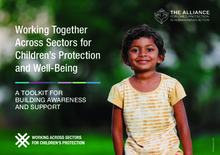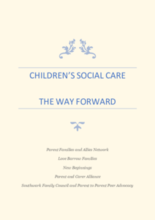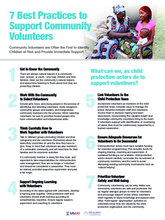Displaying 791 - 800 of 4401
The Global Disability Summit offers a concrete mechanism for collecting new, ambitious, and widespread commitments which are critical to achieving real change for persons with disabilities.
The side event of the Commission for Social Development is to address current migration trends and their impact on families. In line with the priority theme of the Commission, “Inclusive and resilient recovery from COVID-19 for sustainable livelihoods, well-being and dignity for all: eradicating poverty and hunger in all its forms and dimensions to achieve the 2030 Agenda”, the event will also address migration and its role in poverty reduction and its contributions to the achievement of the relevant Sustainable Development Goals.
Last year, the SAYes Alumni Group kicked off the first in a series of online networking events by care experienced young people from accross the globe. They are extending this event series into 2022. At the next event the Youth Care Leavers Association, India (YCLA) will lead a presentation "Moving Ahead: Experiences (Challenges and Initiative) of Youth Care Leavers in India" which will then be followed by break-out room discussions for #CEP and #CEP supporters to connect and create new ideas for change.
In the BBC interview below, parent activist Taliah Drayak presents key findings from the report: Children’s Social Care: The Way Forward. She describes her family’s own nightmare when social workers removed her two-year-old from her custody.
Collaborating across humanitarian sectors is crucial to protecting children, promoting their well-being, and making the most of available funding. The CPMS Working Group’s “Working Across Sectors” initiative is gathering technical resources to help practitioners from all sectors achieve just that. The new Working Across Sectors Toolkit for Building Awareness and Support in English, Arabic, French and Spanish contains a wealth of ready-to-use materials for communicating the benefits of cross-sectoral collaboration.
This report is based on consultations with parents and allies in England carried out by Parent Families and Allies Network; Love Barrow Families; New Beginnings; Parent and Carer Alliance; and Southwark Family Council and Parent to Parent Peer Advocacy. It sets out ideas on making the care system more supportive, humane and inclusive, and ensuring families’ needs are met early, with advocacy as a core feature. It also argues for immediate changes, led by parents and children with lived experience of social care.
This Lumos working paper examines the relationship between education and institutional care and the fact that many children – especially those who are most vulnerable – can only access education in residential settings, settings which share similar harmful characteristics with institutional care settings.
A poster for Child Protection teams to emphasize the evidence based practices of engaging volunteers that were documented in the research.





